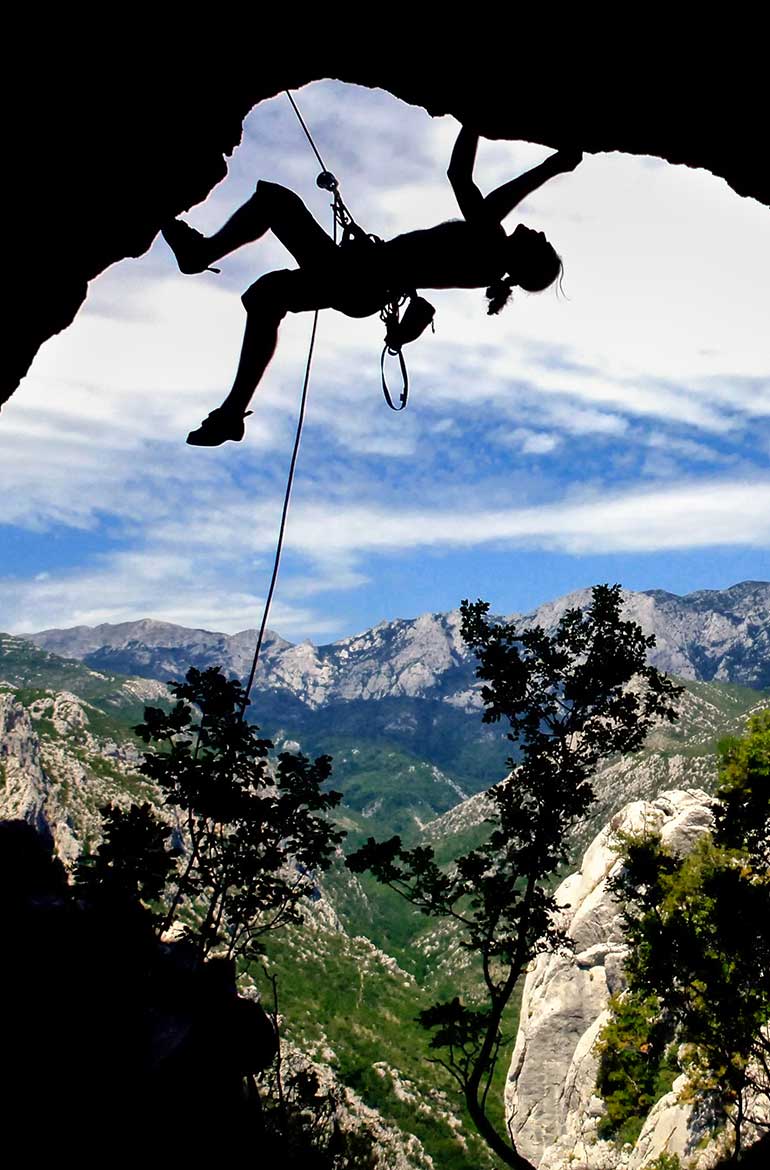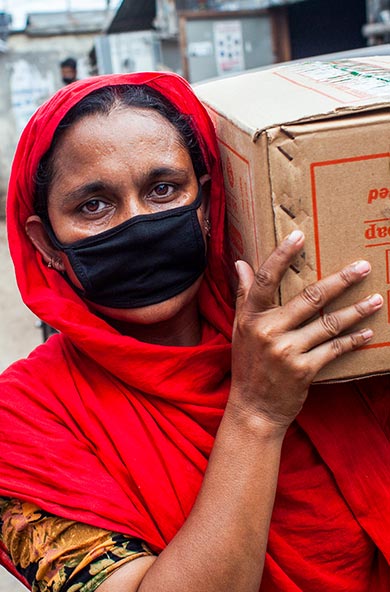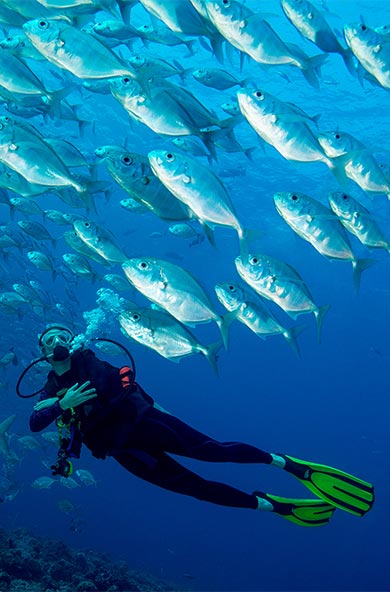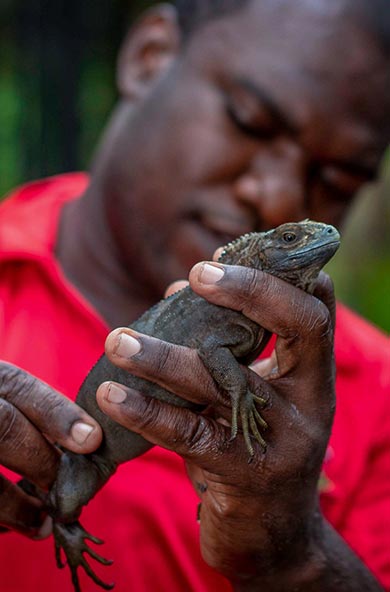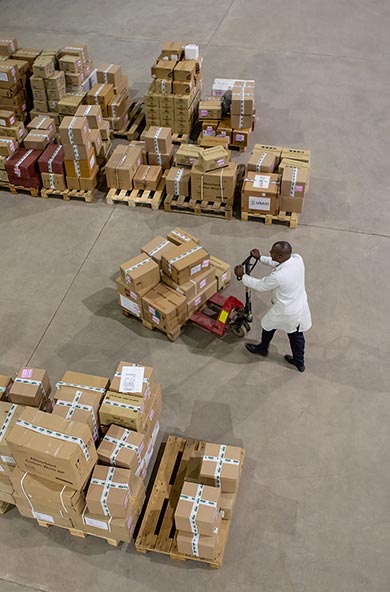We are witnessing our planet being pushed to its limits. We face a global biodiversity emergency, a climate emergency, and a public health emergency, all stemming from the destruction of nature. Despite our best efforts, nations failed to fully meet a single global target to protect nature in the past decade. The impact of this is permeates our daily lives. It is visible as we watch health systems unravel faced with crushing caseloads from a virus that inflected humans due to increasing wildlife contact. It is written in the faces of school children marching to compel global leaders to take action to mitigate the climate crisis. It is palpable as we watch our planet’s iconic animals face extinction.
We have one last chance to change this story. Scientists agree that if world leaders take dramatic action over the next 10 years, we have the chance to rewrite our future. UN Member States are also requesting action. Over the next year, those representing the 196 Parties to the UN Biodiversity Convention are creating a new global biodiversity framework that will guide action on nature for this decade. The pathway to this major global summit – the UN Biodiversity Conference – restarts this week. For the first time since the COVID-19 pandemic began, governments are meeting formally, for two important virtual meetings from 3 May to 13 June. These meetings will guide the science and implementation for the post-2020 global biodiversity framework.
But how can we ensure that this changes our trajectory? To support nations in their deliberations, this May, UNDP, UN Environment Programme (UNEP) and UNEP World Conservation Monitoring Centre are promoting suggestions based on what we’ve learned through our work over the past decade. Our work connected us to countries with vastly different ecosystems, challenges, and capacities. It helped us to learn what strategies are most effective and what limitations countries face.
We offer four suggestions to support the design and implementation of the post-2020 global biodiversity framework.
- Determine prioritized national actions that help address the loss of nature and identify financial support to effectively implement them. National biodiversity plans are generally overambitious, lack prioritization, and do not include a clear financing strategy. Capacity must be built to help governments understand the contributions that nature makes to human well-being and the costs of effectively securing nature to maintain these benefits. It’s necessary to have a global pathway to ensure that resources are available. The UNDP Biodiversity Finance Initiative is having success in selected countries.
- Increase access to data and indicators on nature as a critical step to halting biodiversity loss in the next decade. Despite the increasing availability of data on nature, many countries report difficulties in using it to make policy decisions. We must urgently support governments to establish nationally recognized baselines of biodiversity, against which strategies to protect, manage, and restore nature can be designed, implemented, and monitored. The Biodiversity Indicators Partnership and the UN Biodiversity Lab provide two useful tools.
- Heighten consideration of the values that nature provides to people, and the causes of nature’s destruction. Guided by spatial data, governments can identify areas that conserve critical biodiversity while also yielding carbon storage, food, fresh water, and reduced disaster risk. Consensus building exercises can help develop solutions that address nature loss. To help do so, we are working with select countries to identify Essential Life Support Areas.
- Develop integrated policies to support achievement of not only the UN Convention on Biodiversity, but also the other Rio Conventions and the 2030 Agenda for Sustainable Development. Few countries are integrating their nature, climate, and development agendas. There is considerable potential to align these national policies and to more effectively coordinate their implementation.
Our full list of recommendations can be found here. Addressing them will be key to delivering on the recent commitments by nations to halt or reverse biodiversity loss, while also helping to resolve related climate and public health crises. The technical meetings are the first of several events leading up to the rescheduled UN Biodiversity Conference. During them, we will be working alongside nations to shape new global targets for nature, to ensure they can be effectively implemented, and to campaign for protecting the planet we call home.

 Locations
Locations
